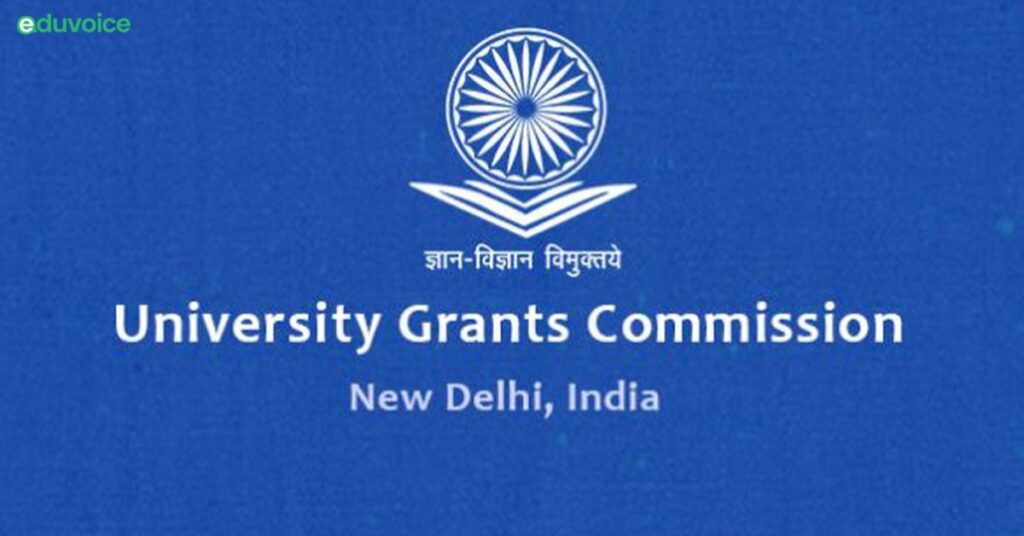UGC and the education ministry are reportedly finalizing regulations for foreign universities’ India campuses. The plan is to offer “near full freedom” in determining academic course structure and curriculum, faculty hiring and salaries, and even fees. But why should Indian universities in India not enjoy these freedoms? It’s true foreign universities have been wary of over-regulation.
However, Indian universities are far worse off – they have to actually function under the restrictive regime. If University Grants Commission wants to reform the system, it must apply the changes to all players – domestic and foreign. Otherwise, UGC will be effectively discriminating against domestic education providers. That would be as unfair as extraordinary. In most markets, complaints of discrimination are made by foreign players against domestic ones.
Indian universities, both public and private, have to negotiate their way through a thicket of rules and regulations, framed by UGC, AICTE, NMC, BCI, and state governments. These rules apply for starting new courses, sanctioning student intake, and various academic and administrative operations. No Western country or even China makes its education institutions jump through so many hoops. And it’s not just independent experts who have raised questions but also Parliament members. The parliamentary standing committee on education has, on more than one occasion, found University Grants Commission and other regulators to be overbearing in their approach.
The higher education market in India is already big and will become huge, comparable to China’s, as aspirations grow on the back of a long period of reasonably good GDP growth. There’s a growing demand-supply gap in quality higher education. Better Indian universities can play a key role in bridging this gap, but not if they are burdened with regulations that don’t apply to their foreign counterparts.
For More Such Articles, News Update, Events, and Many More Click Here






